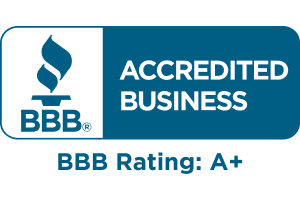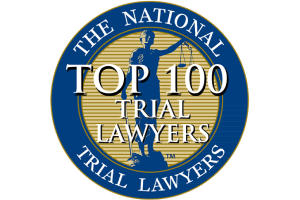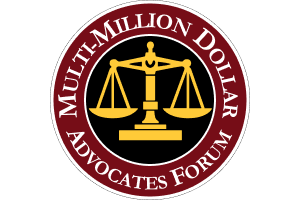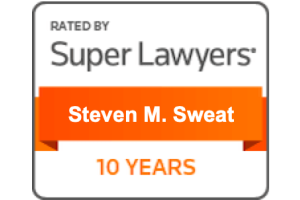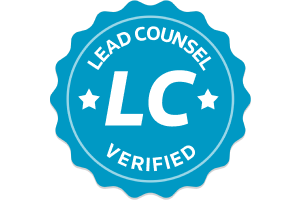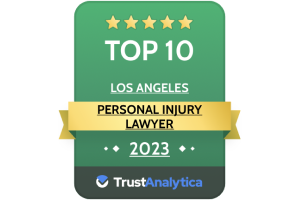- Free Consultation: 866-966-5240 Tap Here To Call Us
The Civil Litigation Road Map
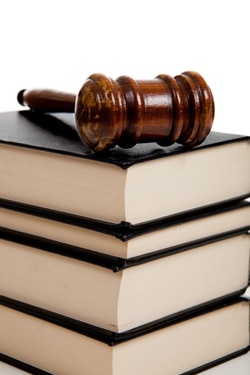
The following is a civil litigation road map which provides a timeline for the average personal injury or other civil lawsuit in California:
Initial Stages Of A Lawsuit
A claim for civil damages begins with the Summons and Complaint by the “Plaintiff(s)” (person/entity suing) against the “Defendant(s)” (person/entity being sued). This document states causes of action or reasons why a person is seeking money damages from another person or entity. These reasons can include torts (like negligence, assault and battery, products liability, breach of contracts or wrongful termination of employment). The document must be personally served (so called Service of Process) by a licensed civil process server or a person above the age of 18 years old who is not a party to the action. In the case of a person being sued, they can be handed the paperwork personally or the documents can be served upon any adult that is residing in their same household with follow up by the process server through the mail (if there have been efforts to serve them unsuccessfully). In the case of a corporation or other business entity, they must be served through their agent for service of process (the person whom the business designates with the California Secretary of State to accept service on behalf of the business entity). Once the documents have been served, the defendant has 30 days to respond. A response can be an Answer (denying the allegations and stating certain defenses to the claim(s)) or it can be a motion such as a Demurrer or Motion to Strike (which attack the validity of the claims).
The Discovery Process
After the pleadings have been filed, served and responded to, the parties engage in “Discovery”. This can include sending interrogatories (written questions that must be answered); requests for documents; requests for admissions (asking the other party to admit or deny facts or the validity of certain documents); notices of deposition (requests for a personal appearance at a date and time to answer oral questions, under oath, with a court reporter present to record the questions and answers); and subpoenas for people or entities to provide certain records.
Settlement Negotiations and Alternative Dispute Resolution
It is usually after some discovery to obtain information for both sides to evaluate the claims and defenses that the parties engage in settlement discussions. This can be informal discussions among the attorneys for both sides or it can be a formal proceeding like a mediation (a meeting with a third party mediator who tries to get both sides to agree on a settlement but, with no one bound by a decision unless a settlement agreement is reached), an arbitration (less common in California than it used to be, this is more like a trial where evidence is presented to an arbitrator who renders a decision that the parties may or may not be bound by depending upon the type of arbitration).
Trial of A Civil Action
Approximately 90-95 % of all civil cases end in settlement at some stage prior to trial. However, cases can and do go to trial when the parties are not able to agree on terms of resolution. At the trial, the plaintiff is allowed to testify and allow other witnesses (including experts like doctors, engineers, economists and other types of specialists) to provide testimony as to why the defendant is liable and what damages have been sustained. The defendant is allowed to follow with their own witnesses to argue defenses to the claims. At least 9 out of 12 jurors must agree on the decision as to whether to require the defendant to pay and for how much. If either party is not satisfied with the verdict, they may appeal all or part of the decision to the appellate (higher level) court.



